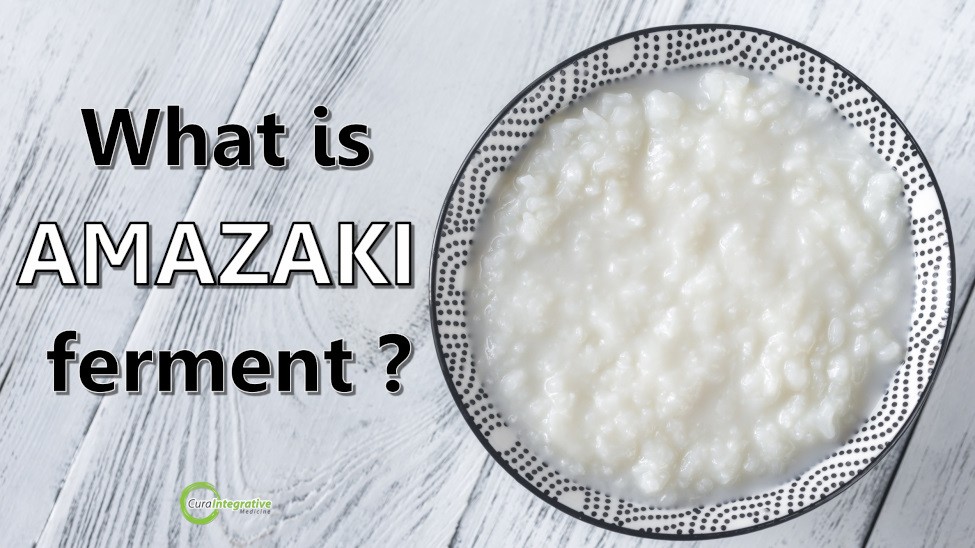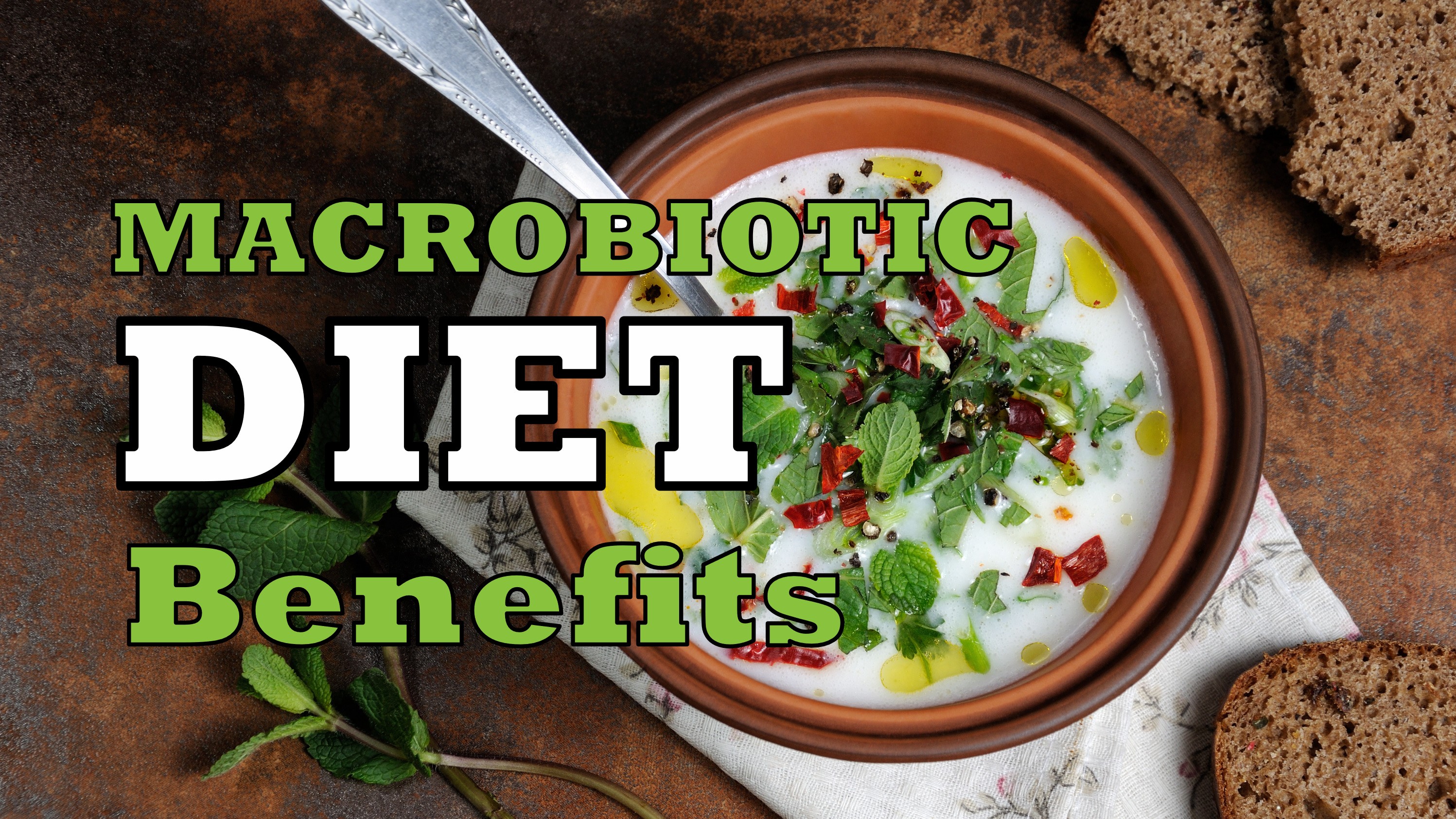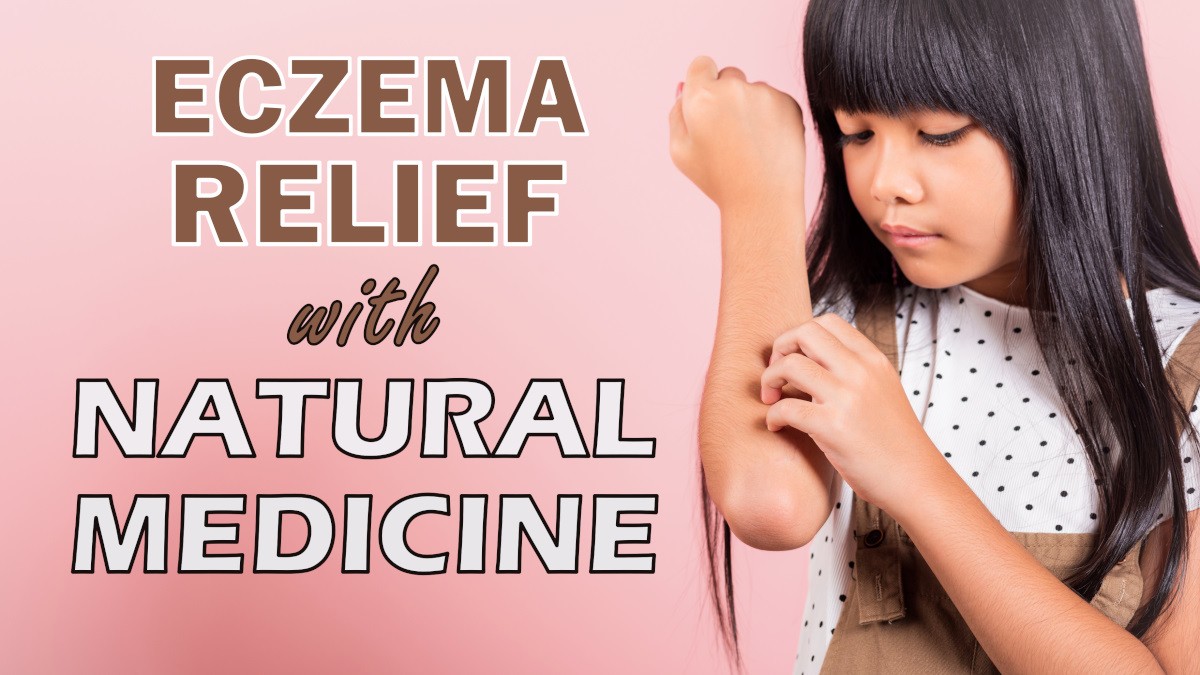Koji is a less known superfood found in a variety of macrobiotic foods. Containing Aspergillus oryzae, koji is used to make foods such as miso, amazaki and tamari. Read More…

The Best Diet for Hashimoto’s
Posted 29 Mar '19
The Basics To Helping Hashimoto’s
Living with Hashimoto’s can especially be challenging, most especially when it comes to food options. Anyone who has had to stick to a certain diet due to a health condition or just trying to be healthier, can say that it can get really expensive. Organic produce and grass-fed meat usually cost more than those that have been raised and packaged commercially, or those that have been processed. But, What is the best diet for Hashimotos? Well, here are the basics.
While it is true that there is not a single “one-size-fits-all” diet that is supposed to work for everyone for each individual is different and has their own deficiencies and sensitivities, here is a list of some of the budget-friendly foods that have been found to help deal with Hashimoto’s:
- Good quality protein. Glutamine, L-tyrosine, and other amino acids repair cells and support thyroid hormones. And the best source for these amino acids is protein. Protein from animals are more easily absorbed by the body but if you are a vegan you can ensure you are eating tempeh, beans and seeds.
- Berries. A good source of antioxidants and myo-inositol are berries. Snap frozen berries usually cost lower than fresh ones, and may contain more nutrients due the fast freezing process. Fresh ones may lose some nutrients during transport from the farm to the store.
- Vegetable smoothies. Loaded with micronutrients, and a great way to boost your daily vegetable consumption. The ingredients for vegetable smoothies–green leafy vegetables, cucumbers, celery, carrots, beetroot, fresh herbs and your berries can go in too–can be bought from local farmer’s markets at a lower cost than huge supermarkets. And usually a lot fresher too. A good addition to the recipe are plant-based protein powders. With the vegetables and protein in it, vegetable smoothies can be an entire meal on its own.
- Cruciferous vegetables. Kale, broccoli, Brussel sprouts, and other cruciferous and leafy vegetables are nutrient-dense but cheaper than other types of veggies. You might have read about these being avoided in thyroid conditions but in moderation is completely fine and healthy.
- Coriander. This herb is known to help detoxify the body from heavy metals, and are generally cheap. Add to meals for flavour, or to your green smoothie.
- Turmeric. Known for its anti-inflammatory, gut healing, and detoxifying properties, turmeric can be added to soups, curries, and teas. They’re cheap too, especially when bought by bulk. Don’t worry, they have long shelf life.
- Bone broth. Easy and cheap to make. It helps heal the digestive tract. Find our recipe here.
- Fermented foods. Although you can buy them in jars at a low price, it will be a LOT cheaper if you made your own. Surprisingly, it’s pretty easy. All you need would be a jar, your choice of ingredient such as cabbages, and a bit of salt. Here’s a recipe for fermented beetroot that you can make at home. Good source of probiotics.
Shopping hacks
Some health stores can be pricey and may not be advisable for daily needs if you are on a budget. A little strategy and patience will help save those dollars. When shopping in a grocery store, fresh produce and meats are usually located along the edges of the store. What you see mostly in the middle aisles are processed, canned, and junk food.
What would be the best diet for Hashimoto’s?
Several diets have been reported to help reverse Hashimoto’s (and other autoimmune conditions), such as the autoimmune paleo diet, paleo diet, low-FODMAPs diet, gluten-, soy-, dairy-, vegan/vegetarian diet, specific carbohydrate diet, and the body ecology diet. The one thing in common about these diets is that they all take out various reactive foods and processed foods most especially. Most of them don’t have animal protein, and include nutrient dense foods.
The answer, as mentioned, is that there isn’t one that can be called the best diet for everyone who has Hashimoto’s. One person’s medicine might be another’s poison. Every individual is different, though diagnosed to have the same health condition. Even vegan and vegetarian diet is not perfect for those who are suffering with an ailment. They may make the condition worse by increasing blood sugar issues for all the fruit intake, not allowing the gut to heal, and causing further nutrient deficiencies therefore worsening Hashimoto’s, especially since these two diets are low in protein and other nutrients that animal products contain much of.
If you are suffering from Hashimoto’s, you most likely have tried a variety of diets in order to heal. You might have taken on a particular diet, saw some improvement, but experienced new symptoms apart from some not disappearing at all. It is important to track down which foods are causing reactions or signs of intolerance.
The best route would be to start with a certain diet to help with the elimination process. Afterwards, listen to your body. Observe. Get tested if possible for food intolerance. Then adjust, most preferably with the guidance of a practitioner to help with the “trial and error” phase. The most common adjustments that worked for most patients are the following:
- Remove reactive foods based on personal tests
- Limit carbohydrate intake to help balance blood sugar
- Limit intake of fish that are high in mercury
- Add nutrient-dense foods that help the thyroid gland
- Add more protein and good fat
Need more help? Get in touch and get personalised support from a practitioner that can help you.





